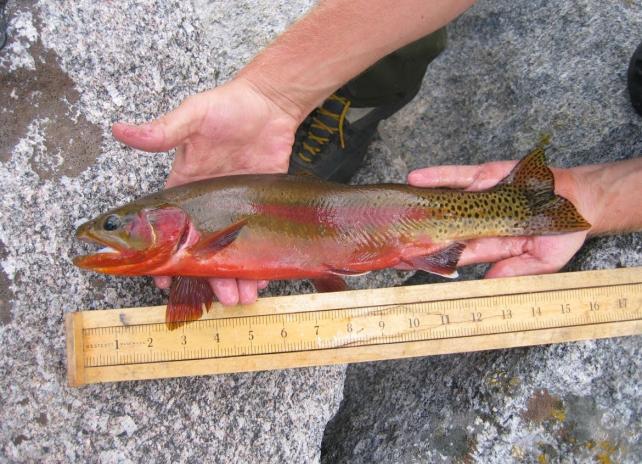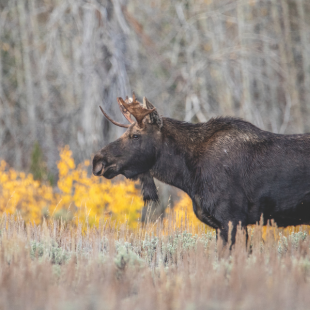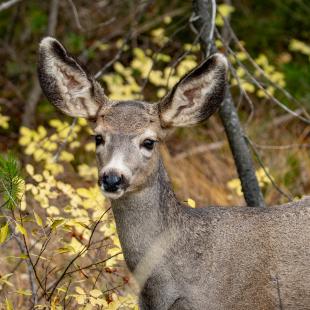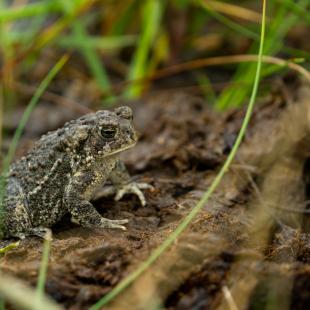This striking fish can be identified by its distinctive green and golden coloration, often featuring a few black spots concentrated toward the tail. The golden trout was successfully introduced to the high-altitude lakes and streams of Wyoming, where it thrives in the cool, clear waters. In lakes where Golden Trout are unable to sustain themselves the Wyoming Game and Fish Department employs helicopters to stock these fish in order to access the highest alpine lakes in the state's backcountry. Golden trout are late-spring and early-summer spawners, contributing to the sustainability of their populations.
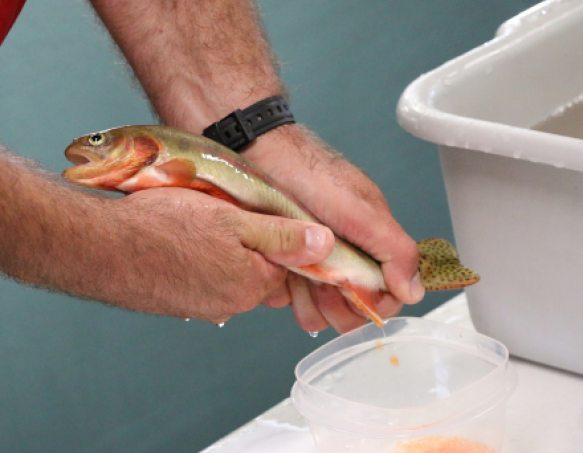
Reproduction
Golden trout spawn in late spring or early summer, typically between May and July, when water temperatures rise slightly. The females lay eggs in redds, or gravel beds, where males fertilize them after being laid. Females can lay anywhere between 1,000 to 3,000 eggs, depending on their size and age.

